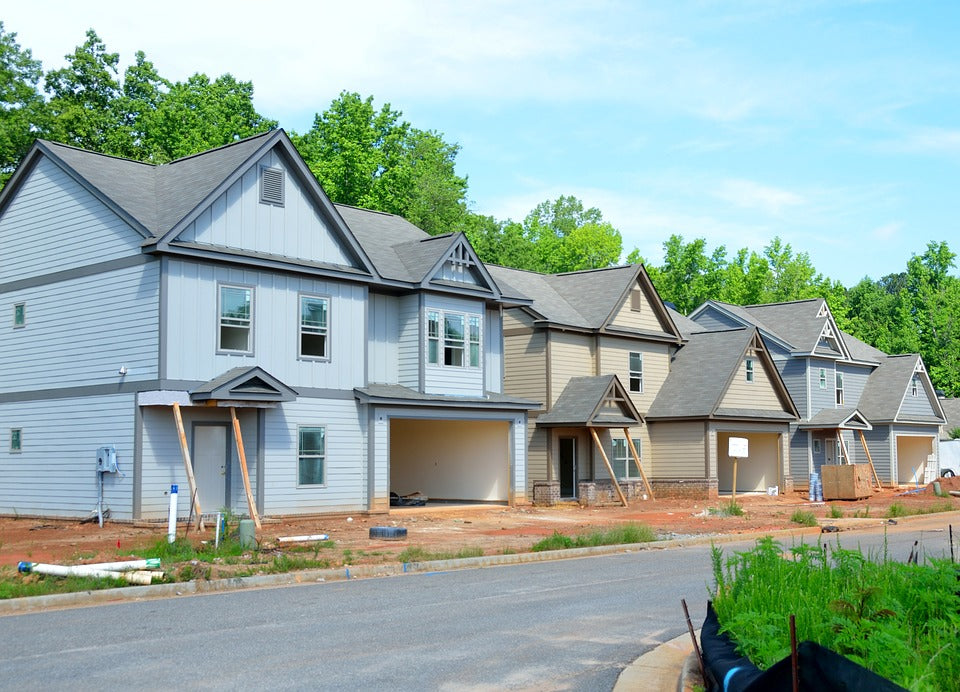Offer
Provide additional details about the offer you're running.
Provide additional details about the offer you're running.
Provide additional details about the offer you're running.

A study published at the end of 2016 indicated some troubling facts for our feathered friends. Based in Seattle, Washington, researchers set out to determine the effects increased urbanization had on local bird populations and the findings are certainly a cause for concern.
The United Nations is estimating that the world’s population will likely reach 9.7 billion people by the year 2050. With all those babies turning into adults, an increased demand for homes and urban spaces should continue the urban development boom we are currently seeing in much of the developed world.
As this trend continues, the emphasis has been placed on both wildlife and the wild places they inhabit or once inhabited. While many urban developments are doing their best to preserve green space, the fact of the matter is, we are eliminating vital habitat with each turn of the shovel.
The study, led by University of Washington wildlife science professor John Marzluff, monitored six songbird species in a trio of landscapes in the greater Seattle area. These landscapes included forested preserves, developed suburban neighbourhoods and those neighbourhoods currently transitioning from woodland to subdivision.
By colour banding, adult birds and mapping the centers of their annual breeding activities from 2000-2010, the research team was able to compile 504 consecutive movements by 337 mature birds. Of the six species of birds in the study, four of the bird species ended up being totally tolerant of suburban lands and development. Those species included song sparrow, spotted towhee, dark-eyed junco, and Bewick’s wren, the remaining two species, however, did not fare so well.
The research indicated some harrowing results for both the Swainson’s Thrush and the Pacific Wren, who both proved to be constrained by development. These two species, referred in the study to as “avoiders” because of their shy and reserved characteristics were found to be divorcing one another at a consistent rate and leaving established areas for more forested habitat.

Image: By USFWS – Pacific Region (swainsons_thrush) [CC BY 2.0 (http://creativecommons.org/licenses/by/2.0)], via Wikimedia Commons
It was also noted that Costly breeding dispersal, as well as reduced reproductive success and lowered survival, cause some birds to decline in the face of urbanization.
Marzluff, however, made it clear that it is not all grave news for birds, speaking to the fact that the four species who were unaffected by urbanization and labeled as “adapters”, were easily transitioned into urban habitats.
He did go on to say that because of the Swainson’s Thrush, Pacific Wren and other “avoider” type species, we will certainly be required to reserve ample habitat for them as they flee our populated urban centres.
High Quality Blend